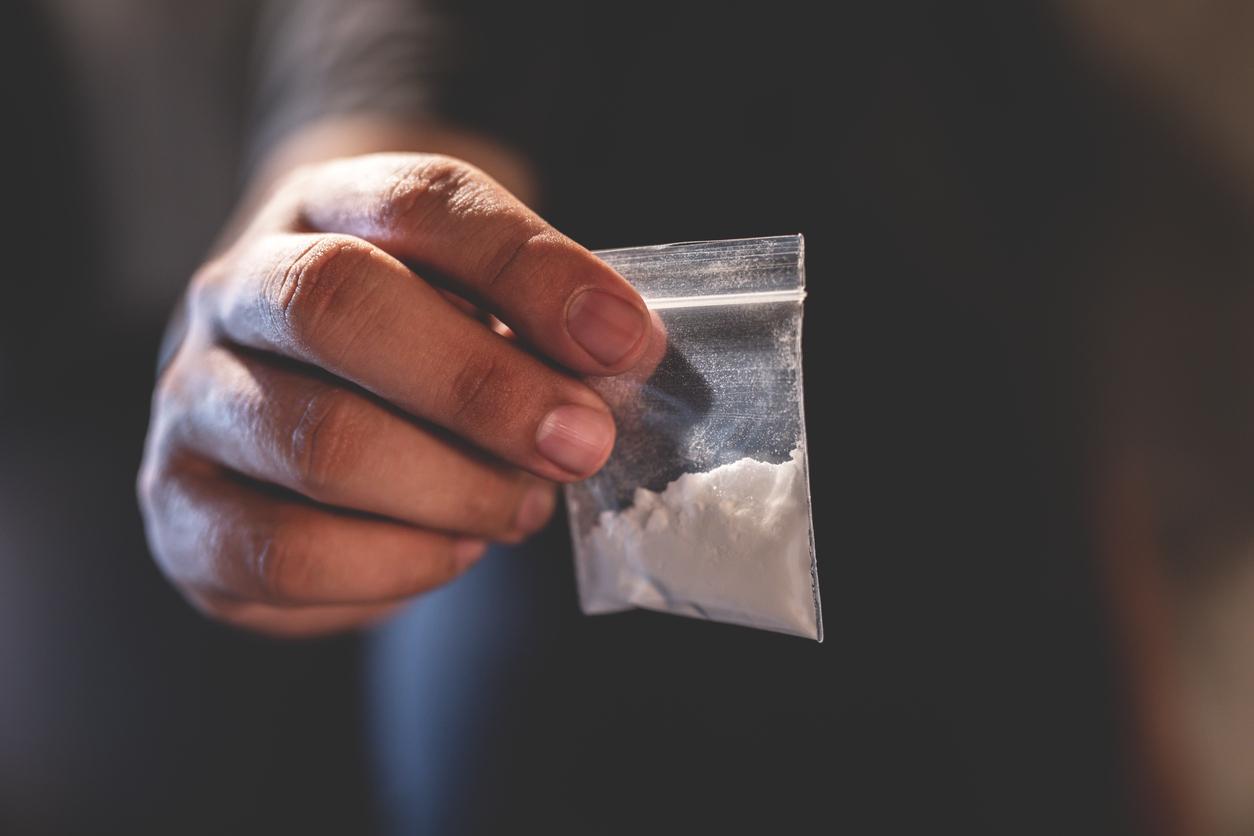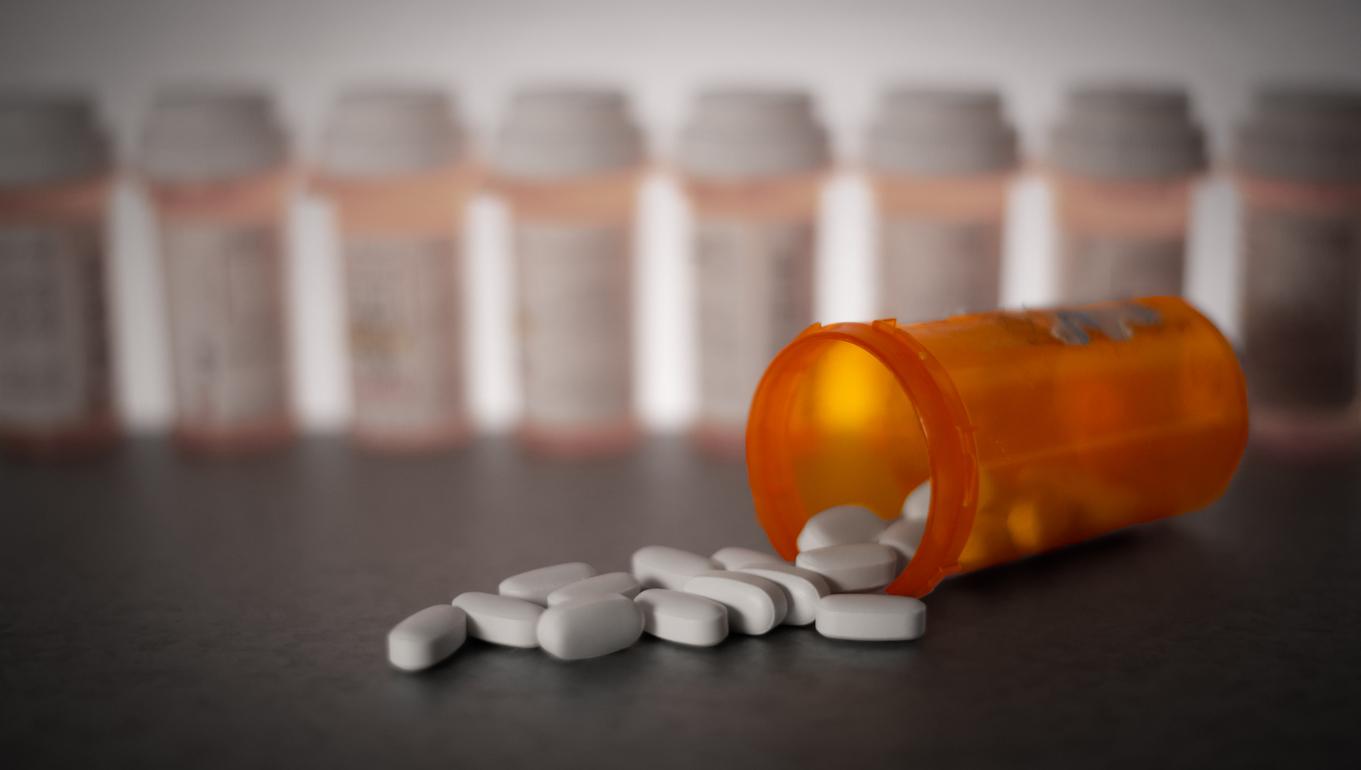In the United States as in Canada, the number of deaths caused by overdose of pain medication commonly prescribed has become a real public health problem. These opioid deaths are indeed higher in deaths from heroin and cocaine.
A surprising consequence of this increase in the number of premature deaths: it increases the number of organs available for transplants.
According to UNOS, a non-profit organization that regulates organ donation and oversees the national waiting list, 848 organs were made available by donors who died of an overdose last year, an increase of 270% from compared to 2006.
Donors considered “at high risk”
“Dying of an opioid overdose does not a priori disqualify anyone from organ donation” explains Dr David Klassen, chief medical officer at UNOS. Concretely, a deceased donor of an overdose is considered “high risk”. Its organs, and more particularly the kidneys and the liver, will be examined on a case-by-case basis to check that they have no lesions. But the doctors will above all make sure that these individuals at risk are not carriers of AIDS or hepatitis C.
“The risk of transmission of the disease is quite low but not non-existent” emphasizes Dr Klassen. The risk that an organ carrying HIV will not be detected is 1 in 12,000. For hepatitis C, the risk is greater: it is 1 in 1,000. “But most patients waiting for transplants accept these high-risk organs because they know their risk of dying from the disease they have is greater than their risk of contracting the disease.”.
Read also :
Transplant: what determines donor-recipient compatibility
Transplant: increase the number of available grafts
















